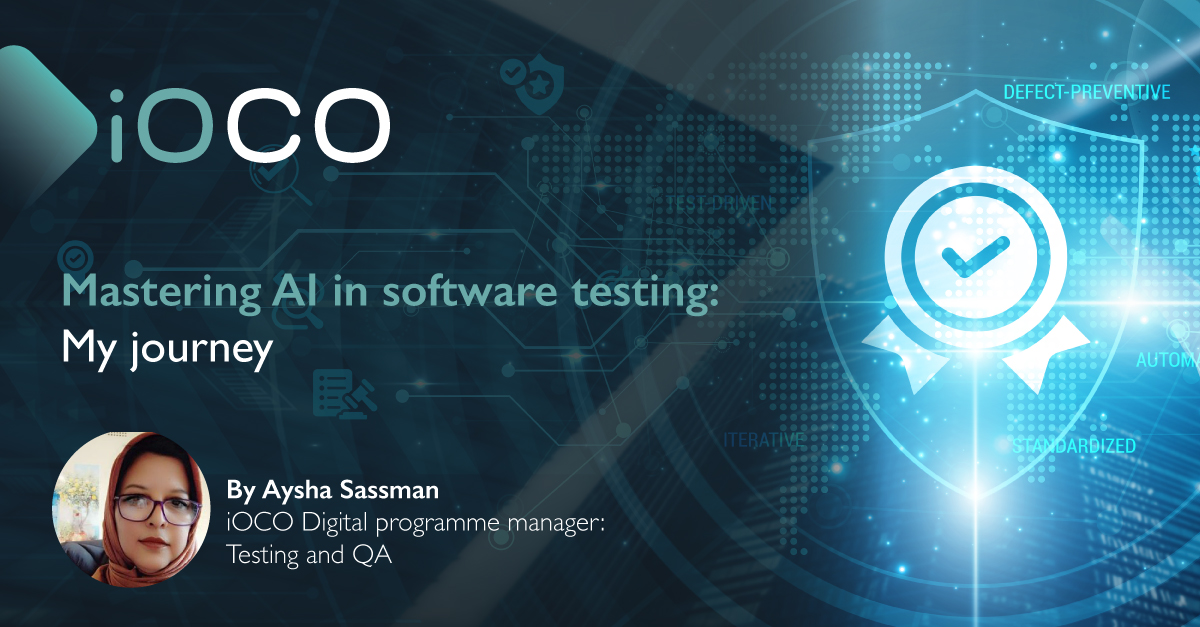CIOs have never had more to contend with – or more to offer the business
From the person interested in technology pushing for its inclusion in the company’s operations, to the IT manager reporting to the Financial Director, to today’s strategic technology leaders whose voices are heard at board level, the role of the CIO has seen a remarkable evolution over the past 20 years. That evolution has been fast tracked over the past five years. According to Deloitte, CIOs are spending 11% less time on responsibilities such as stabilising core IT operations and 21% more time as strategists than they were a few years ago[1].
This shift is due to technology becoming more complex, diverse and nuanced. In the past, the CIO was more of a technology specialist, but as the role has become more strategic, only the CIO can understand the full depth of what the technology can provide and what the payoffs between capability, cost and complexity are.
In fact, the more strategic the CIO’s role is, the more benefit the company can gain from its technology investments. The CIO that understands the business will make the right decisions for the company’s specific needs, rather than focusing only on fixing problems. The results will be calculated investments that will not only enable the business operate better, but will help it reach its strategic goals.
Breaking down silos
Unfortunately, the reality is slightly more complex than it seems at first glance. While the trend to pursue strategic technology investments continues to grow, organisations are still fighting the effects of siloed approaches.
In larger organisations, technology leadership is often split by the responsibilities held by the CIO and CTO, with some companies adding Chief Digital Officer (CDO) and Head of Customer Experience into the mix. Depending on the needs of the business, today’s technology leadership encompasses any permutation of these overlapping roles, sometimes leading to turf wars. In addition, IT organisations are often structured around the skills and preferences of individual leading the organisation. This may be partly as a result of a lack of skills, and partly because the individual has proved their knowledge and gained the trust of the business.
Add to this the fact that most companies still have teams that are managed in isolation, causing unintentional silos, and it’s easy to see why CIOs spend so much time trying to create cohesive, strategic approaches across the organisation. Very few companies assemble teams to solve a specific business problem, and the traditional departmental, fragmented or siloed approach makes it even harder to deliver on customer needs.
All organisations are looking for efficiency, and the ability to do more with less. Silos are inherently inefficient, especially when it comes to the exchange of information. Gaps in communication between teams and departments often lead to defective processes and services. When companies operate in silos, they are at risk of perpetuating defective processes and services that lead to other challenges further down the line.
For example, a company developing a new mobile app can’t rely solely on the development team to deliver on the final product. If integrations aren’t done on the back end to ensure that billing and so on are included, you will end up with a product that will require additional development to ensure it works properly, so the finance team and all other teams that support the back-end processes must be part of the conversation from the start.
Focus on people
CIOs therefore have an enormous task: Not only do they have to ensure that the company follows a strategic trajectory as far as technology is concerned, they have to ensure that the technology enables the business across all of the organisation’s departments, teams and silos.
In other words, CIOs have to understand the business, and the business should understand technology in order to achieve success. It’s all about getting the different parts to work together. Ensuring technology and people work together across silos allows the company to identify and implement the common processes they need to make the business operate more effectively and efficiently.
Organisational success rests on the people element – technology is the easy bit. It is therefore vital that the business gets how its people interact with technology right. This should be the primary focus when designing the organisation, and when implementing new ways of doing things.
And, of course, the people supporting the CIO are essential to the success of any project. In a fragmented IT landscape, CIOs need to make sure they have the right team of people in place. This means having the best people for the situation, with the right skills and the right attitude to address the company’s particular challenges.
[1] https://www2.deloitte.com/za/en/insights/focus/cio-insider-business-insights/cio-role-transition.html



